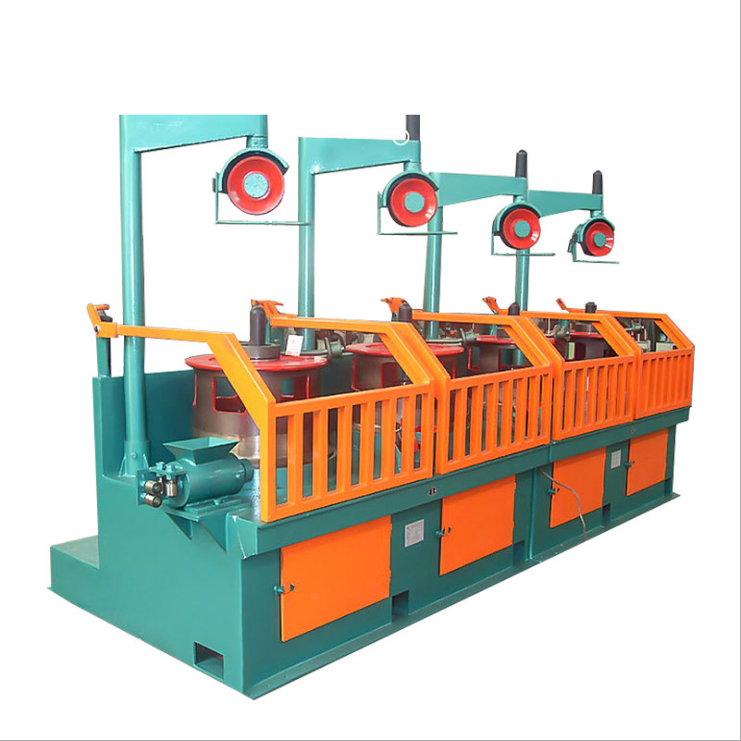Maximizing Profit Margins with Overhead Payoff For Sale
In the world of business, maximizing profit margins is a top priority for any company looking to succeed and thrive in a competitive market. One way to achieve this goal is by strategically managing overhead costs. Overhead costs refer to the ongoing expenses of operating a business that are not directly tied to the production of goods or services. These costs can include rent, utilities, insurance, and salaries for administrative staff.

One effective strategy for reducing overhead costs and increasing profit margins is to consider an overhead payoff for sale. An overhead payoff for sale involves selling off assets or services that are no longer essential to the core operations of the business. By doing so, companies can free up valuable resources and streamline their operations, ultimately leading to increased profitability.
One common example of an overhead payoff for sale is selling off excess office space. Many companies find themselves with more office space than they actually need, either due to downsizing or changes in the way employees work. By selling off this excess space, companies can reduce their rent and utility costs, as well as potentially generate additional revenue from the sale.
Another example of a Wire Rod Payoff for sale is outsourcing certain administrative functions. Many companies find themselves spending a significant amount of money on salaries and benefits for administrative staff. By outsourcing these functions to a third-party provider, companies can reduce their payroll costs and free up resources to invest in other areas of the business.
Additionally, companies can consider selling off unused equipment or technology that is no longer needed. Many businesses invest in expensive equipment or technology that becomes outdated or obsolete over time. By selling off this equipment, companies can recoup some of their initial investment and reduce ongoing maintenance costs.
It is important for companies to carefully evaluate their overhead costs and identify areas where they can make strategic cuts. By conducting a thorough analysis of their operations, companies can pinpoint areas of inefficiency and identify opportunities for cost savings. This process may involve working closely with financial advisors or consultants to develop a comprehensive plan for reducing overhead costs and increasing profitability.

In conclusion, an overhead payoff for sale can be a valuable tool for companies looking to maximize their profit margins. By selling off assets or services that are no longer essential to the core operations of the business, companies can reduce their overhead costs and increase their profitability. It is important for companies to carefully evaluate their operations and identify areas where they can make strategic cuts in order to achieve long-term success. By taking proactive steps to manage overhead costs, companies can position themselves for sustainable growth and success in a competitive market.
The Importance of Calculating Overhead Costs in Overhead Payoff For Sale Transactions
When it comes to running a business, one of the key factors that can determine its success or failure is the ability to accurately calculate overhead costs. Overhead Payoff Stand costs are the expenses that a business incurs in order to operate, but are not directly tied to the production of goods or services. These costs can include things like rent, utilities, insurance, and administrative salaries. Understanding and properly calculating overhead costs is crucial for businesses, as it can have a significant impact on their profitability and overall financial health.
One area where calculating overhead costs is particularly important is in overhead payoff for sale transactions. An overhead payoff for sale transaction occurs when a business decides to sell a product or service at a price that covers not only the direct costs of production, but also a portion of the overhead costs associated with running the business. In order to determine the appropriate price for a product or service in an overhead payoff for sale transaction, it is essential to have a clear understanding of the business’s overhead costs.

Calculating overhead costs can be a complex process, as there are many different factors that can contribute to these expenses. One of the first steps in calculating overhead costs is to identify all of the expenses that are not directly tied to the production of goods or services. This can include things like rent, utilities, insurance, and administrative salaries. Once these expenses have been identified, they must be allocated to the products or services that the business sells in order to determine the overhead cost per unit.
There are several methods that can be used to allocate overhead costs to products or services. One common method is to use a predetermined overhead rate, which is calculated by dividing the total overhead costs by a predetermined measure of activity, such as labor hours or machine hours. This predetermined overhead rate can then be used to allocate overhead costs to individual products or services based on the amount of activity that is required to produce them.
Another method that can be used to allocate overhead costs is activity-based costing. Activity-based costing involves identifying the activities that drive overhead costs and then allocating those costs to products or services based on the amount of each activity that is required to produce them. This method can provide a more accurate picture of the true cost of producing a product or service, as it takes into account the specific activities that drive overhead costs.
Regardless of the method used to allocate overhead costs, it is important for businesses to regularly review and update their calculations in order to ensure that they are accurately capturing all of the expenses associated with running the business. By accurately calculating overhead costs, businesses can make more informed decisions about pricing, production, and overall financial management.
In conclusion, calculating overhead costs is a critical aspect of running a successful business. This is especially true in overhead payoff for sale transactions, where understanding and properly allocating overhead costs can have a significant impact on profitability. By using methods such as predetermined overhead rates or activity-based costing, businesses can ensure that they are accurately capturing all of the expenses associated with running the business and make more informed decisions about pricing and production.






